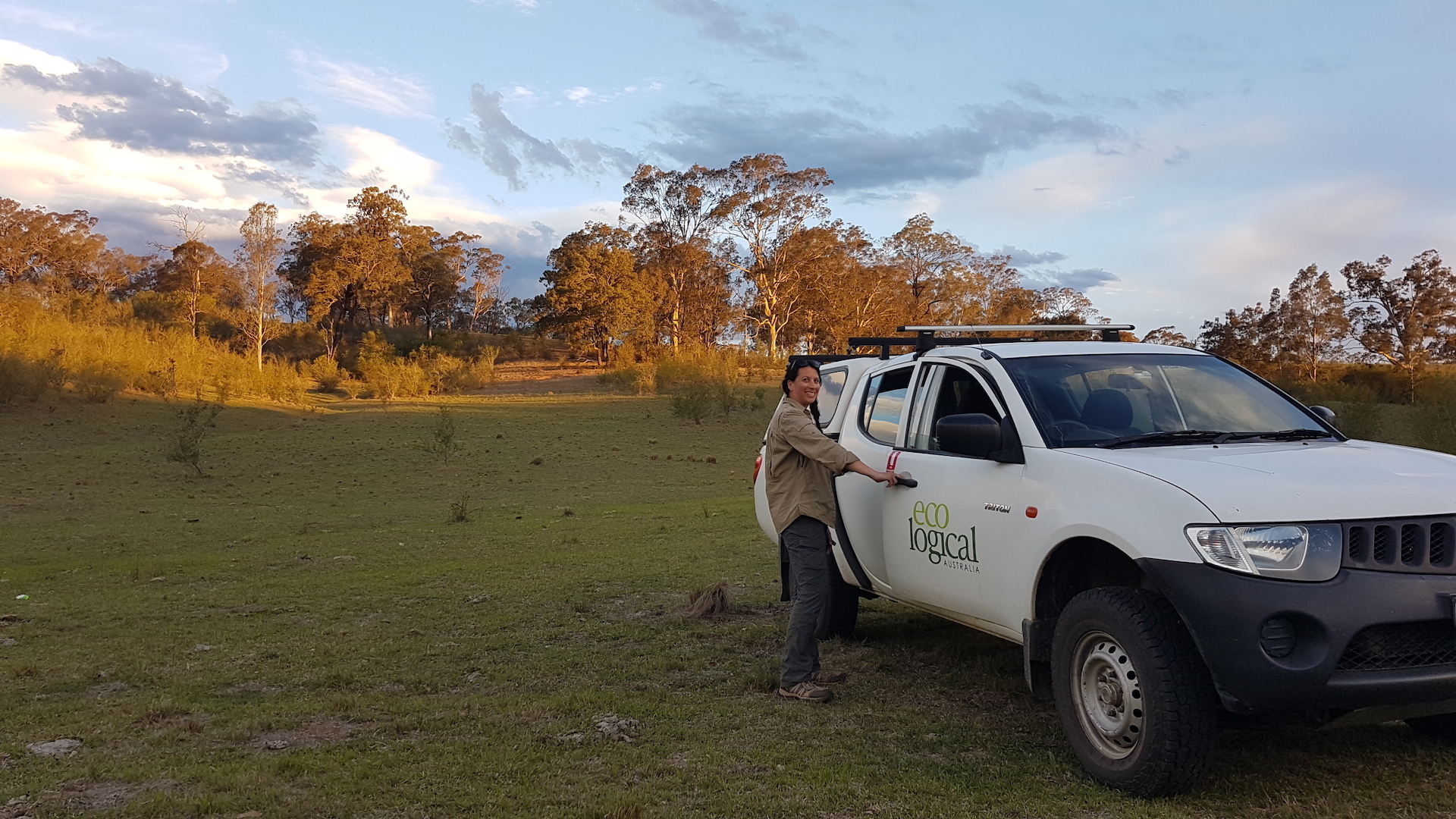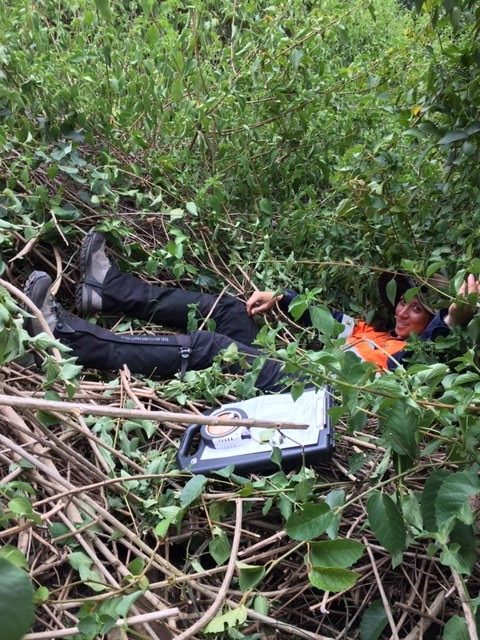A day in the Life of a Biodiversity Offsets Coordinator
Wednesday, 14 August, 2019

In our latest instalment of ‘A Day in the Life of...' we delve into the professional life of ELA’s Biodiversity Offsets Program Coordinator, Michelle Frolich. In this role, Michelle is responsible for working with the NSW Department of Planning, Industry and Environment’s (DPIE) Biodiversity Assessment Method (BAM) to undertake biodiversity assessments for private landholders, corporations, local council and state government. She predominantly works on conservation sites to assist clients to establish in-perpetuity Biodiversity Stewardship Agreements and Biobanking Agreements.
“It’s really great to work with landowners who want to see good environmental outcomes, help re-vegetate the land and restore habitat for a number of threatened species”, Michelle said. “I get to see some amazing places across NSW and knowing that such places will be conserved forever is the reason I love my job”.
We caught up with Michelle to find out what a typical day working in this role looks like.
A typical day for me would be more of an office day, with the occasional field trip.
8:30am - I start my day at about 8:30am when I arrive at the office. I usually spend the first half hour checking emails and responding to those that need to be addressed.
9:00am - Begin project work. Usually I will open up ArcMap, a GIS software used for mapping and producing report figures, and open up the project I am working on, usually of the vegetation mapping for the site. Using the tools in ArcMap, I will finalise the vegetation map and calculate the areas of each vegetation type on the site. I then use these areas in an online calculation tool developed by the NSW Department of Planning, Industry and Environment (DPIE) to quantify biodiversity values.
This block of time is usually interspersed with phone calls to clients and other ELA team members to discuss projects, provide advice or delegate work, as well as trips to the kitchen for tea or biscuits.
1:00pm – Lunchtime! This is an excuse to get away from the office and go for a wander outside and grab some lunch. I often don’t bring lunch to work, so this is a good chance to get out of the office with other team members for a trip to the shops.
1:30pm – Continue project work. Following the morning's biodiversity values calculations, I continue with the calculations if I need to adjust some of the values or I will use the calculations to feed into the Biodiversity Assessment Report that gets prepared. This report is a technical report that needs to be prepared to the standards set by DPIE. Preparing the report will continue for the remainder of the afternoon, to be completed over the following days.
Again, this block of time also includes phone calls with clients and colleagues, as well as more biscuit and chocolate breaks in the kitchen.
My day ends between 5pm - 6pm, depending how much work I need to get through.
Field days are usually more exciting as you get to collect floristic plot data and identify plant species, note down structural elements of a vegetation community and generally enjoy being outdoors for a change.

More about Michelle
Michelle completed a Bachelor of Science (Marine Science) with Honours at University of Sydney, studying biology, marine biology, oceanography, coastal geomorphology, Geographic Information Systems (GIS), maths, chemistry and physics. The degree allowed her to secure a graduate position using her GIS skills, which later enabled her to move into a position with the NSW government and various private consulting firms. Michelle has since furthered the development of her project management and reporting skills to now work on several challenging projects simultaneously.
Since commencing work with ELA over 2 years ago, Michelle has developed her career considerably, working within a fantastic and supportive team culture, and across a range of challenging, yet favourable projects.
